Do you have a question about the Fronius Robacta PTW 500 and is the answer not in the manual?
Welcome message and guidance on how to best use the instruction manual.
Diagrams illustrating the design of Robacta PTW 500, 1500, and 3500 models.
Lists automated applications for the plasma robot welding torch.
Details the parts included in the Robacta PTW 500 package with a diagram.
Details the parts included in the PTW 1500 and PTW 3500 packages.
Lists optional accessories and configurations for the PTW 500.
Lists optional accessories and configurations for the PTW 1500.
Lists optional accessories and configurations for the PTW 3500.
Warns about injury and damage from incorrect assembly procedures.
Step-by-step guide for assembling the Robacta PTW 500 torch.
Step-by-step guide for assembling the Robacta PTW 1500 torch.
Step-by-step guide for assembling the Robacta PTW 3500 torch.
Explains the role of electrode position in determining loading limits.
Step-by-step instructions for adjusting the tungsten electrode on the PTW 500.
Instructions and table for calibrating the adjusting gauge for PTW 1500.
Step-by-step instructions for adjusting the tungsten electrode on the PTW 1500.
Step-by-step instructions for adjusting the tungsten electrode on the PTW 3500.
Warns about incorrect operation and lists required documents.
Defines the intended purpose and user responsibilities for the plasma torch.
Step-by-step guide for mounting, checking, and connecting the torch.
Covers gas flow, positioning, purging, cooling, pilot arc, and welding initiation.
Explains factors influencing loading limits: nozzle, electrode position, gas flow.
Table of plasma nozzle, gas flow, and max current for PTW 500.
Table of plasma nozzle, gas flow, and max current for PTW 1500.
Tables for PTW 3500 with FK9000 and CHILLY 15 cooling units.
Illustrates how to use loading limit data with an example.
Warns about electric shock and outlines safety steps before troubleshooting.
Lists causes and remedies for the pilot arc failing to ignite.
Explains causes and remedies for copper droplet formation on the plasma nozzle.
Identifies causes and solutions for accelerated plasma nozzle wear.
Emphasizes the importance of regular maintenance due to high temperatures.
Lists checks to perform before each use of the plasma torch.
Outlines monthly maintenance tasks for the cooling circuit and torch.
States that disposal must follow national and local regulations.
| Wire Diameter | 0.8 - 1.6 mm |
|---|---|
| Welding Current (CO2) | 500 A |
| Operating Temperature | -10°C to +40°C |
| Storage Temperature | -20°C to +60°C |
| Duty Cycle | 60 % |
| Relative Humidity | Max 80% |


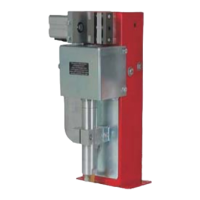
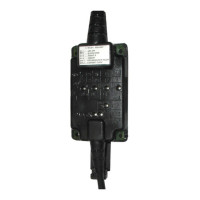
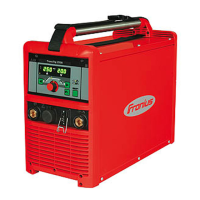

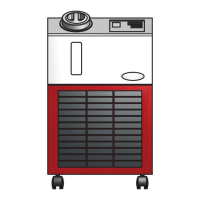
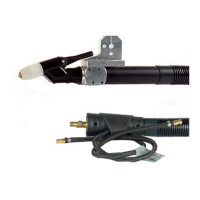

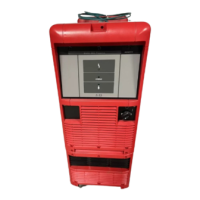
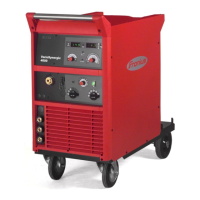

